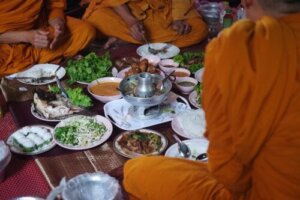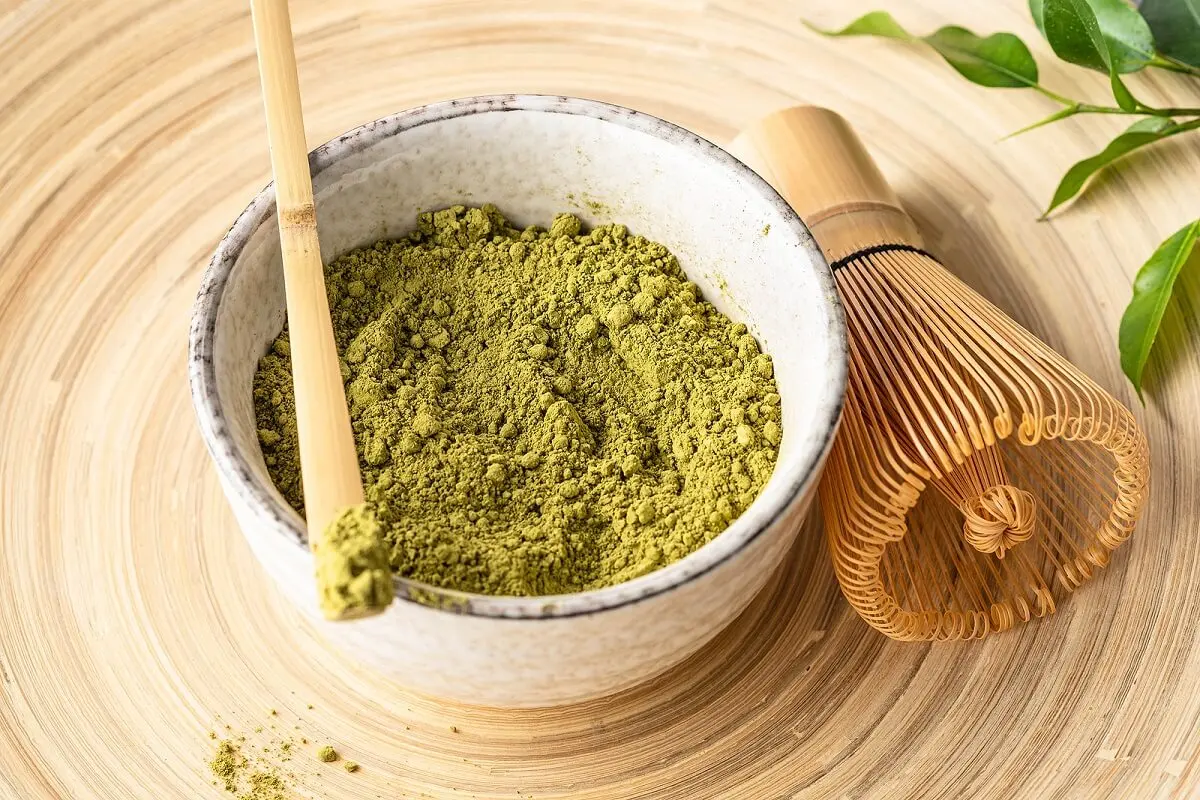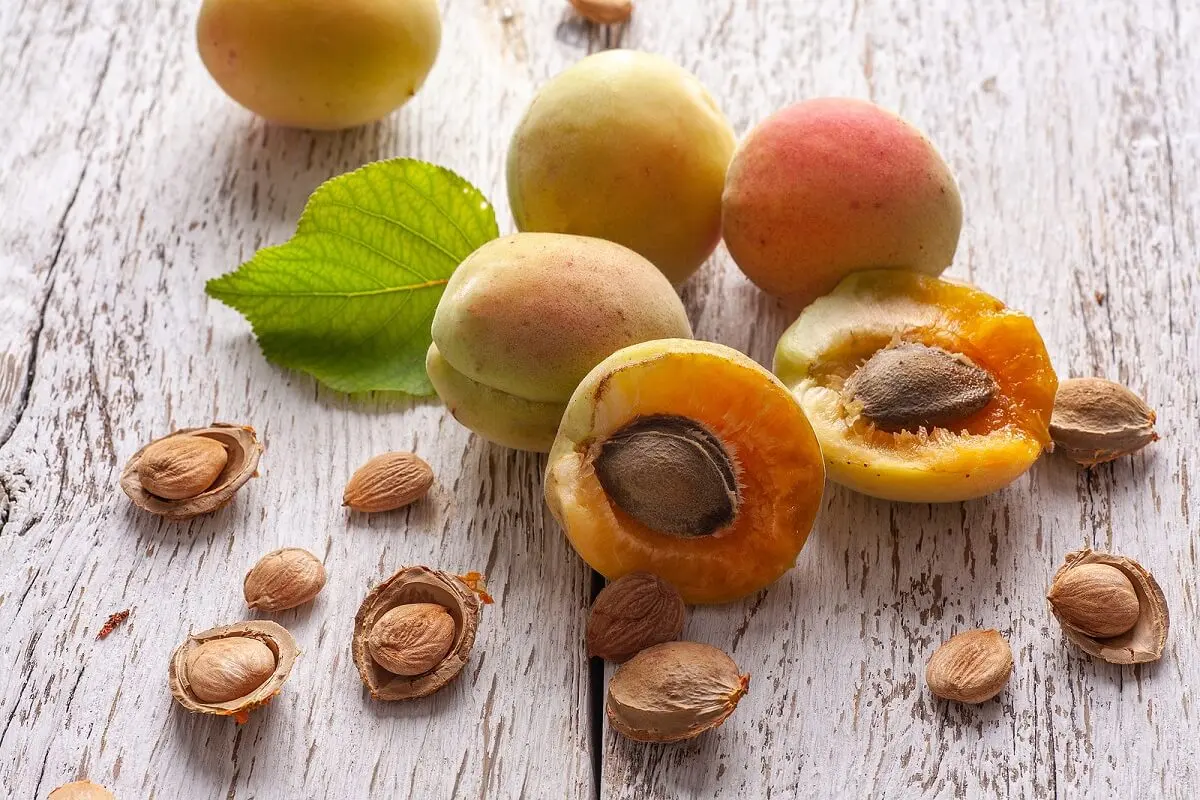Fucha Ryori: A Buddhist Vegetarian Meal


Written and verified by the nutritionist Maria Patricia Pinero Corredor
Fucha Ryori is a type of monastic cuisine that is little known and practically hidden in the mysticism of Japanese cuisine. It’s a variation of the vegetarian cuisine of the Buddhist temple Shōjin rōyri. Fucha means “drinking tea together,” with roots in the ancient Chinese habit of drinking tea after work or meditation.
These days, however, it’s quite different. It’s used to describe the monastic cuisine of the Ōbaku school of Zen Buddhism. This is one of the three main Zen schools in Japan. As a result, Fucha Ryori is very close to Japanese culture.
It refers particularly to monastery cuisine – in this case of Buddhist monks. Interested in learning more about it? Here we’ll tell you what it is and what its benefits are.
What is Fucha Ryori?
Fucha Ryori is a culinary tradition originating in Buddhist temples. It’s a type of vegetarian food prepared and consumed by Buddhist monks. Although it originated as a tradition in China, it spread to Japan in the 17th century when the monks of the Ming Dynasty had to flee to the mountains from the Manchus.
Once they settled there, they began to develop their traditions. One of them was the Fucha Ryori. Originally, food was served on wide vermilion-red tables. On these, a large plate was placed to be shared by four people.
However, in China, individual plates are introduced to eat the meal. Also, in Japan, it’s customary to serve separate portions and to assign some special dishes to a common plate.
In Fucha Ryori, serving dishes in this way signifies balance, refinement, and simplicity, three traits that characterize Asian food. As stated in a cultural review regarding Fucha, it’s a form of collaboration between temples and a symbolic expression of Buddhism.

Different dishes in Fucha Ryori
Fucha Ryori is composed of various foods with health benefits. The most important of these are mentioned below.
Matcha tea
Much is said about Matcha tea, which is the gateway to Fucha. It’s a powdered ingredient that’s obtained from the same plant as green tea. However, due to its cultivation and composition, it has more benefits.
In particular, it has a high concentration of the polyphenol called epigallocatechin-3-gallate (EGGG ), known for its antioxidant and slimming effect. It also has vitamins, minerals and other catechins that give it the following effects:
- Anti-inflammatory properties
- Anticarcinogenic potential
- Cardioprotective effects
- Antiviral properties
- Potential to improve cognitive function
Read more: Characteristics and Risks of Kombucha Tea
Pumpkin
In Fucha, pumpkin soup is included in a dish called Syunkan, along with other ingredients such as the following:
- Carrot rolls
- Cucumber
- Japanese white radish and seaweed
- Shiso leaves
- Shîtake mushroom
- Dried tôfu with wheat gluten
- Mustard sauce
- Seaweed and yam tuber
- Fried tôfu rolls with eggplant in sweet miso sauce
- Tôfu cream rolls with carrots
- Shîtake mushroom and wheat gluten
- Fried tôfu with wheat gluten
However, the central ingredient is pumpkin soup. This food is noted for its abundant fiber and antioxidant content. In addition, it has a high vitamin A content. Thus, it provides the following effects:
- Anti-inflammatory properties
- Reduction of digestive problems such as constipation
- Prevention of chronic diseases associated with oxidative stress
Apricot
Another Fucha dish is Umeboshinohinodeage. It contains apricot, and also consists of small pieces of cucumber with arrowroot powder, ginger, and Japanese pepper. However, the dish is all about the apricot.
One of the main benefits of this fruit is that it has a high vitamin A content. It has 1,926 IU per 100 grams (4 oz). In addition, it stands out as a source of potassium and vitamin C. Thus, it has astringent, antioxidant, and anti-inflammatory properties.
Among other things, it’s low in carbohydrates and abundant in water and fiber. For this reason, it’s suitable for diabetic patients. Even so, it’s something that should be recommended by a doctor.

Read more about: The Health Benefits of an Ayurvedic Diet
Arrowroot
Arrowroot is a common ingredient in Fucha Ryori. It’s a powder used to thicken sauces, soups, and other foods, very common in Asian cuisine. It’s composed of starches derived from various tropical tubers, such as that of the arrowroot plant, Maranta arundinacea.
This ingredient is used in Fucha Ryori dishes in which ingredients such as the following are also used:
- Carrots
- Cucumbers
- Ginger
- Japanese peppers
- Soybean
- Konjac jelly
- Japanese radishes
- Mustard
- Spinach
- Tofu
- Mashed potato
- Bamboo shoots
- Vegetables and fruits of all kinds
What to remember about Fucha Ryori?
Fucha Ryori is an ancient custom that remains today; it has been passed down among Buddhist generations. Today, it’s a type of vegetarian meal that has been attributed with health benefits. It is also a way of life.
All cited sources were thoroughly reviewed by our team to ensure their quality, reliability, currency, and validity. The bibliography of this article was considered reliable and of academic or scientific accuracy.
- Ambros. (2019). Partaking of Life: Buddhism, Meat-Eating, and Sacrificial Discourses of Gratitude in Contemporary Japan. In Religions (Vol. 10, Issue 4, p. 279). MDPI AG. https://doi.org/10.3390/rel10040279
- Joanna Kochman, Karolina Jakubczyk,* Justyna Antoniewicz, Honorata Mruk, and Katarzyna Janda. Health Benefits and Chemical Composition of Matcha Green Tea: A Review. Molecules. 2021 Jan; 26(1): 85. Published online 2020 Dec 27. doi: 10.3390/molecules26010085
- Amin MZ, Islam T, Uddin MR, Uddin MJ, Rahman MM, Satter MA. Comparative study on nutrient contents in the different parts of indigenous and hybrid varieties of pumpkin (Cucurbita maxima Linn.). Heliyon. 2019 Sep 13;5(9):e02462. doi: 10.1016/j.heliyon.2019.e02462. PMID: 31687561; PMCID: PMC6819838.
-
Jyothi AN, Sheriff JT, Sajeev MS. Physical and functional properties of arrowroot starch extrudates. J Food Sci. 2009 Mar;74(2):E97-104. doi: 10.1111/j.1750-3841.2008.01038.x. PMID: 19323747.
- Wu CS, Liao HT. Interface design and reinforced features of arrowroot (Maranta arundinacea) starch/polyester-based membranes: Preparation, antioxidant activity, and cytocompatibility. Mater Sci Eng C Mater Biol Appl. 2017 Jan 1;70(Pt 1):54-61. doi: 10.1016/j.msec.2016.08.067. Epub 2016 Aug 26. PMID: 27770926.
This text is provided for informational purposes only and does not replace consultation with a professional. If in doubt, consult your specialist.








